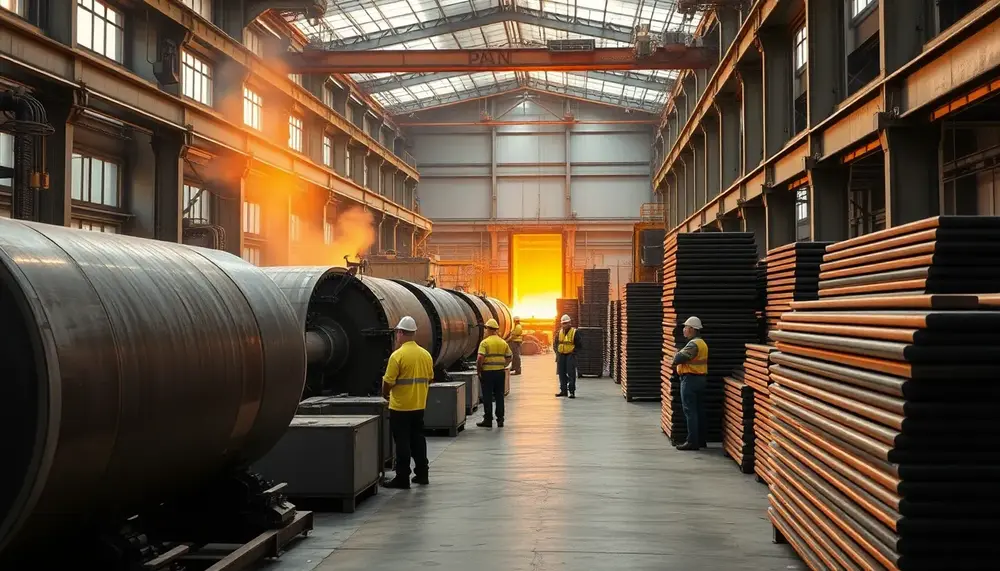Kinetics
Kinetics
Einführung in 'Kinetics'
Der Begriff Kinetics bezieht sich in der Regel auf die Geschwindigkeit und den Fortschritt einer chemischen Reaktion. In Bezug auf die Stahlproduktion und den Stahlhandel bezieht sich Kinetics besonders auf die Geschwindigkeit der Reaktionen, die bei der Stahlerzeugung auftreten.
Kinetics in der Stahlproduktion
Während der Stahlproduktion sind die Kinetics entscheidend für den Prozess des Glühens, bei dem Stahl erhitzt und dann langsam abgekühlt wird, um seine Eigenschaften zu ändern. Die Temperatur, die Zeit und die Atmosphäre, unter denen das Glühen stattfindet, beeinflussen die Kinetics dieser Reaktion.
Bedeutung von Kinetics im Stahlhandel
Im Stahlhandel helfen Kenntnisse über die Kinetics von Stahlerzeugungsprozessen dabei, die Qualität und den Wert des erzeugten Stahls zu bewerten. Je effizienter die Kinetics, desto höher ist die Produktqualität und der wirtschaftliche Wert.
Schlussfolgerung
Verstehen der Kinetics in der Stahlproduktion und im Stahlhandel hilft dabei, hochwertige Produkte herzustellen und den Handel effizient abzuwickeln. Es ist ein integraler Bestandteil, um die Qualität und den Wert von Stahl zu steuern und zu optimieren.
Blog Posts with the term: Kinetics
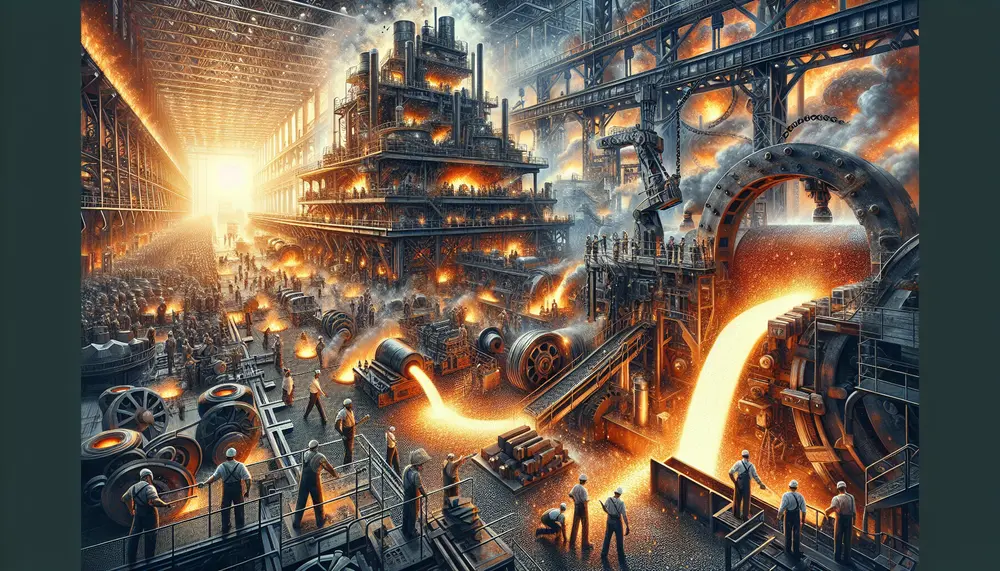
Steel making involves complex chemical reactions to transform raw materials into high-quality steel, primarily through oxidation and reduction processes. Oxygen plays a crucial role in oxidizing impurities like carbon, silicon, manganese, and phosphorus, which are then removed as gases or...
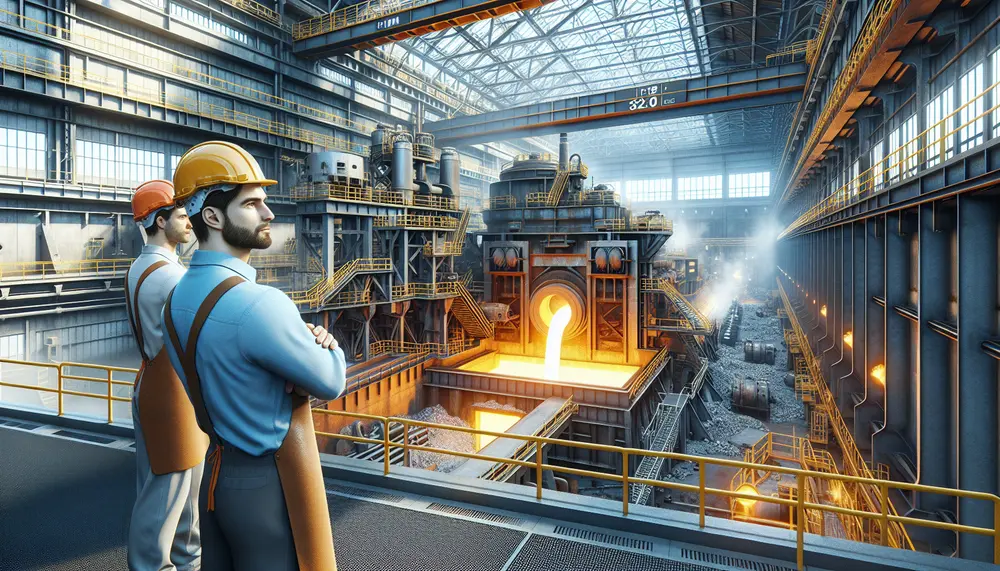
The VOD (Vacuum-Oxygen-Decarburization) steelmaking process is essential for producing high-quality stainless steel with very low carbon levels, crucial for applications like medical instruments and aerospace components. While it offers advantages such as enhanced decarburization and protection of alloying elements, its...
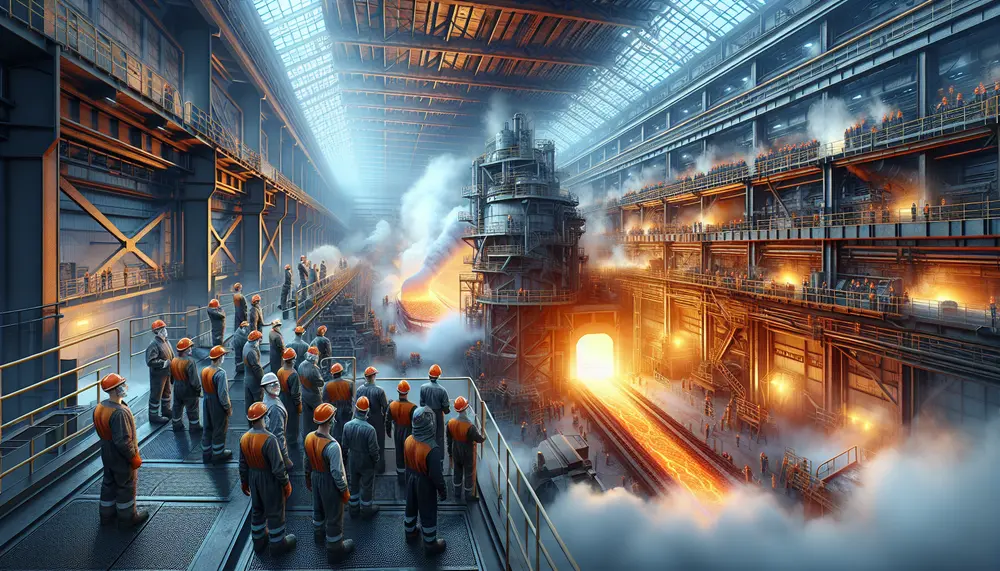
Desulfurization in steelmaking is crucial for producing high-quality, durable steel by removing sulfur impurities that cause brittleness; advancements and techniques like desulfurizing agents, slag optimization, and vacuum treatment enhance this process while addressing challenges such as cost and environmental concerns....
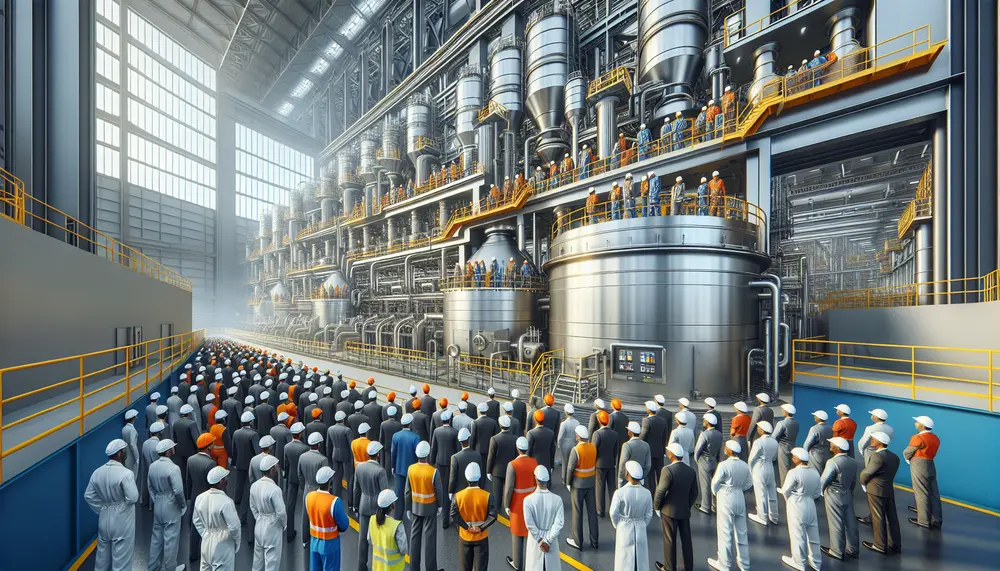
Vacuum degassing is a critical process in steel production that enhances the quality of steel by removing dissolved gases like hydrogen, oxygen, and nitrogen under vacuum conditions to prevent issues such as porosity and embrittlement. This method not only improves...
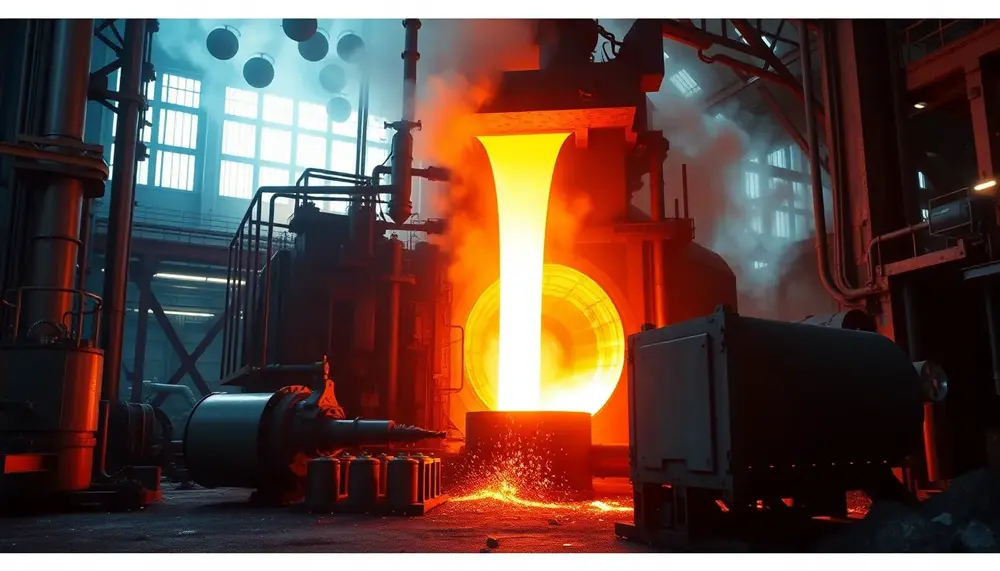
Steelmaking combines science and engineering to transform raw materials into tailored steel products through precise control of temperature, composition, and reactions. Its evolution reflects human innovation, from ancient smelting techniques to modern sustainable methods driven by advanced theoretical principles like...
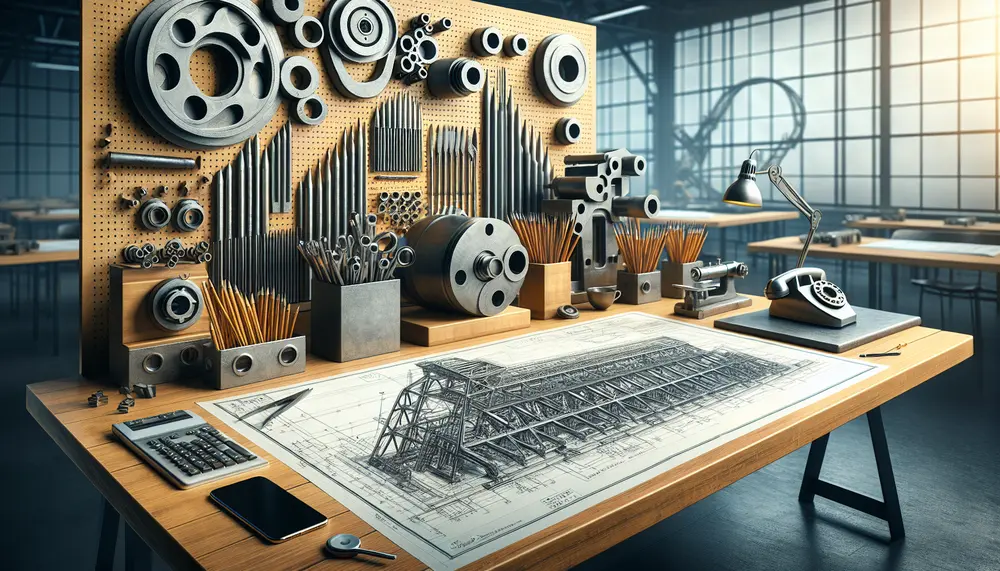
Steelmaking universities offer a blend of theoretical and practical education in metallurgical engineering, focusing on the science behind metal properties and production processes. Students learn through courses ranging from thermodynamics to advanced materials engineering, with hands-on experience in modern labs...
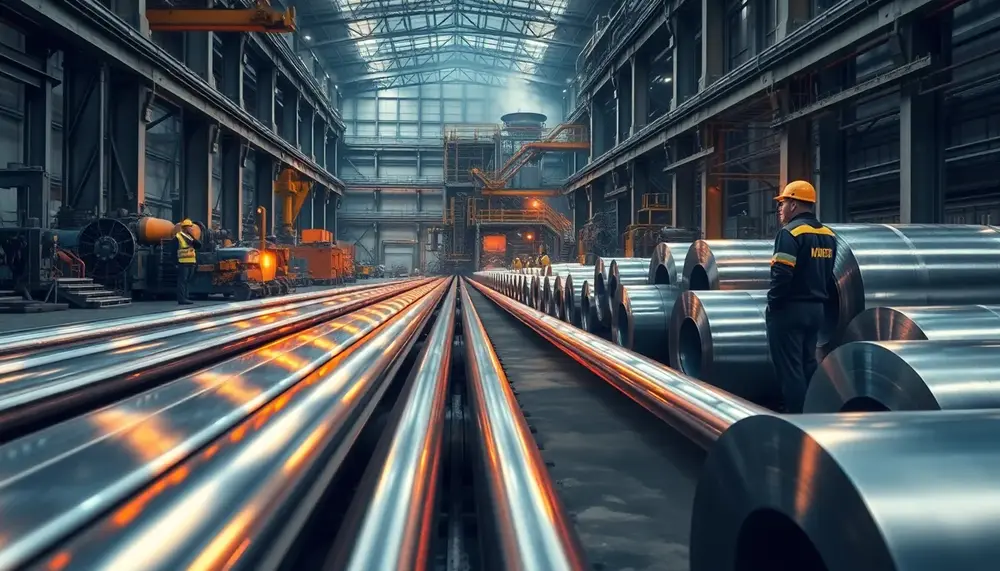
LTS steelmaking uses lower temperatures and advanced controls to cut emissions, boost efficiency, and enable flexible, cleaner regional steel production....
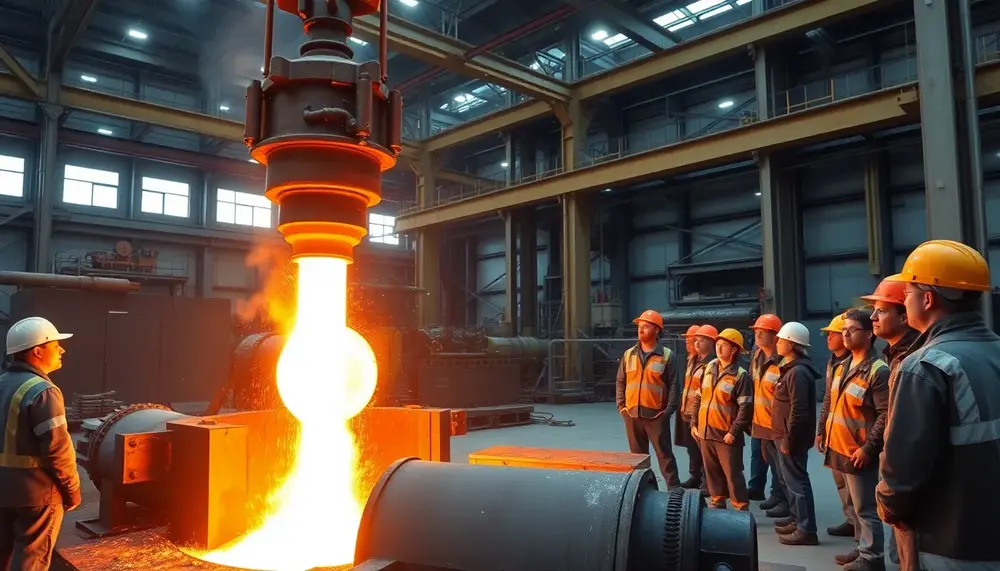
Turkdogan’s Fundamentals of Steelmaking provides a deep, principle-based understanding that connects theory to practice, making it essential for anyone aiming to master or innovate in modern steel production....
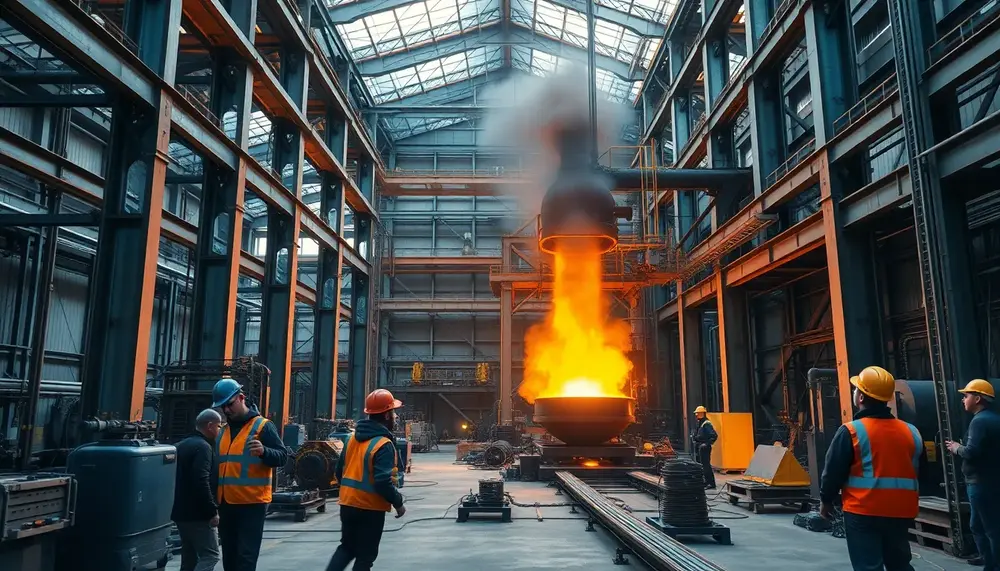
Maximizing steel output relies on optimizing process variables, strategic raw material management, and advanced automation for smarter, more efficient production....

